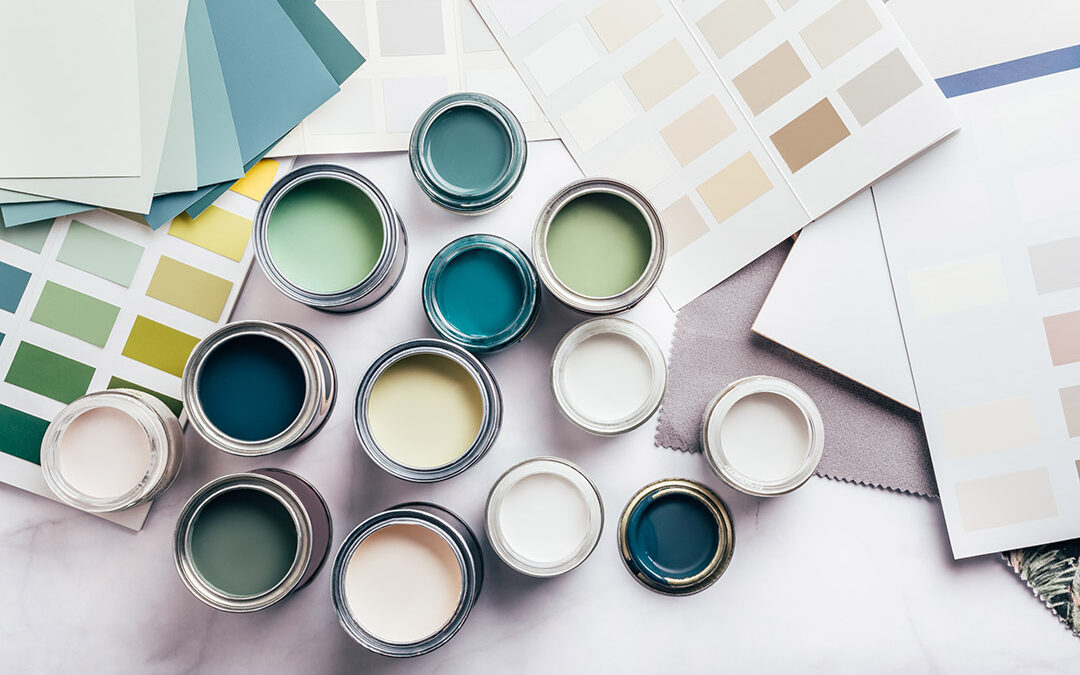Creating a visually appealing and harmonious home design involves careful consideration of color schemes, textures, and patterns. One useful principle that can guide you through the process is the 60-30-10 rule. This rule helps achieve a well-balanced interior by defining the proportions of different colors within a space. This blog post will explore the 60-30-10 rule and how it can enhance your home design.
Understanding the 60-30-10 Rule:
The 60-30-10 rule simplifies selecting and distributing colors within a room. It suggests allocating 60% of the room’s color to a dominant hue, 30% to a secondary color, and 10% to an accent color. This rule provides a cohesive framework for creating visual interest and balance.
Applying the Rule to Walls and Large Surfaces:
Start by selecting a dominant color covering approximately 60% of the room, typically applied to walls, large furniture, or flooring. This hue sets the foundation for the design scheme and helps establish the overall mood and ambiance.
Introducing the Secondary Color:
The secondary color, around 30% of the room’s color, adds depth and visual interest. It can be applied to furniture upholstery, curtains, or rugs. This color should complement the dominant color while offering contrast or variety.
Adding the Accent Color:
The accent color, representing the remaining 10%, brings vitality and personality to the space. It can be introduced through accessories, throw pillows, artwork, or small decor items. The accent color creates pops of visual interest and can be bolder or more vibrant than the dominant and secondary hues.
Balancing Color Intensity:
While the 60-30-10 rule focuses on color distribution, it is also important to consider the intensity or saturation of the chosen hues. Strive for balance by varying the intensity of colors throughout the room, which can be achieved by incorporating variable shades and tones within each color category.
Consideration of Neutrals and Textures:
Neutrals are essential in home design, providing a cohesive backdrop for the color scheme. They can be included within the three color categories, adding depth and balance. Additionally, incorporating different textures and patterns within the design can further enhance visual interest and add dimension to the space.
Personalizing the Rule:
While the 60-30-10 rule provides a helpful guideline, feel free to adapt it to your style and preferences. Experiment with different color palettes and proportions to create a design scheme that reflects your taste and the mood you want to convey in each space.
The 60-30-10 rule is valuable for achieving balance and harmony in home design. You can create a visually pleasing and cohesive space by strategically allocating 60% to a dominant color, 30% to a secondary color, and 10% to an accent color. Remember to consider color intensity, incorporate neutrals, and experiment with textures and patterns to personalize the rule and make it your own. Following this guideline will help you achieve a well-balanced and aesthetically pleasing home design that reflects your unique style and creates a harmonious environment for daily living.
Passage Island Construction is an award-winning custom home builder offering customizable models and floor plans for homes anywhere on the Treasure Coast. Visit our beautiful Open House at 251 Main Street, Sebastian, FL 32958. Contact us today to learn about the Passage Island Construction difference and start building your dream home.

